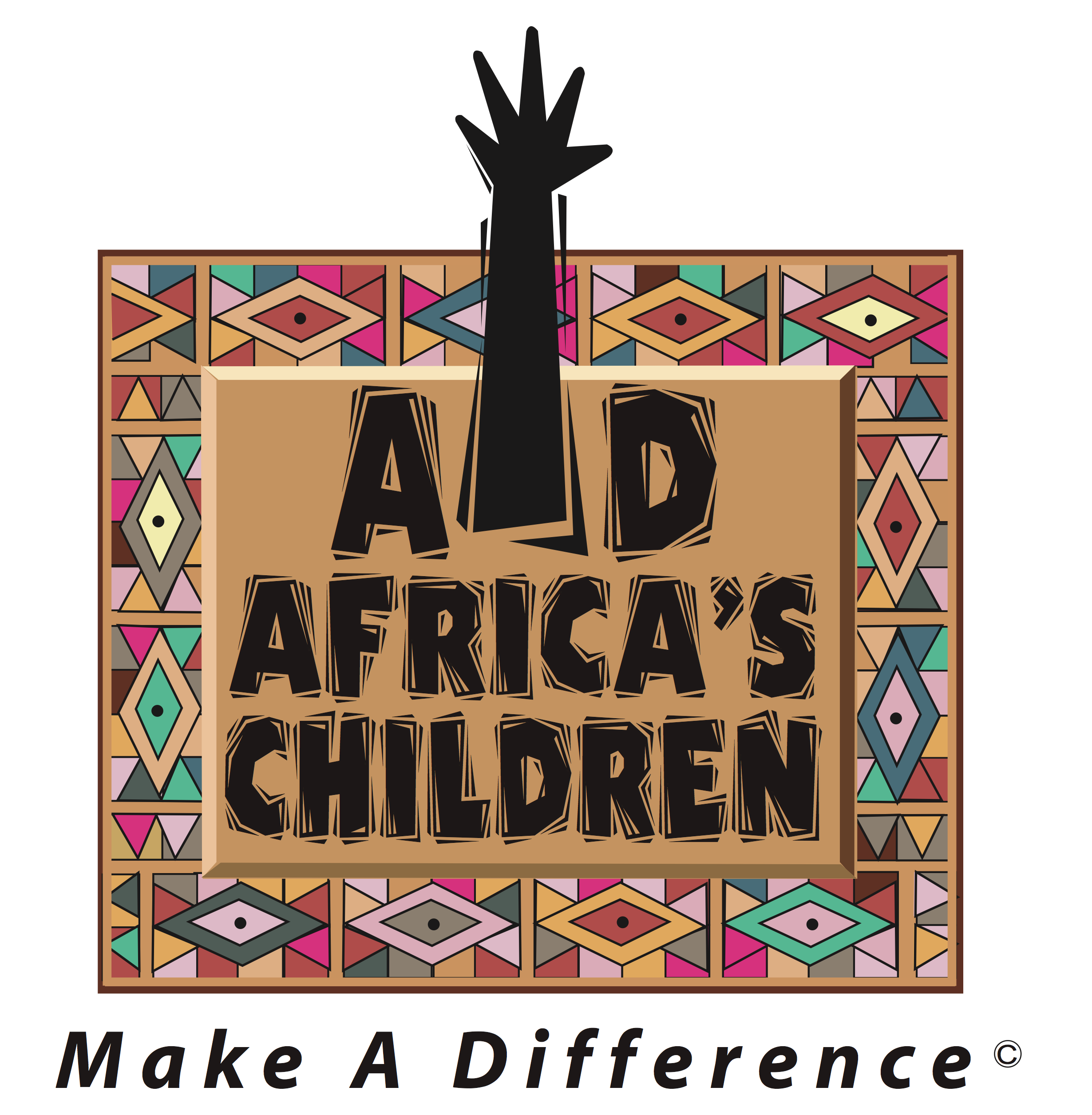Helping Babies Breathe: Simple Medical Intervention Tackles Infant Mortality
Dr. Diane Gerlach supervises a group of medical professionals learning the “Helping Babies Breathe” neonatal resuscitation technique in Tanzania.
Imagine being born where there is unreliable electricity and limited access to clean water. If you live in many parts of Africa, this is an everyday reality.
In 2010, I travelled to Tanzania with Aid Africa’s Children (AAC) on my first African mission. We talked to medical providers and district health officers. In every area we travelled the issue of maternal and infant mortality was in their top 10 problems. It was often in the top 5. I decided I needed to help somehow.
In 2011 I travelled back to Tanzania bringing a neonatal resuscitation program by the American Academy of Pediatrics (AAP) called "Helping Babies Breathe.” It was designed to help areas with very limited resources.
My goal was to educate caregivers on the importance of the first few minutes of a baby's life. Many areas do not have the means to take care of sick babies so they may "put them aside.” If they survive, they have an increased risk of permanent consequences. Many of these babies need only simple interventions to get them started. "Helping Babies Breathe" gives caregivers the skills to get these babies started.
For my trip I loaded up baby ambu bags purchased by Aid Africa’s Children. Ambu bags are devices that we squeeze to give breaths of air. It comes with a mask to go over the patients face. I also collected bulb suctions, (used to suction fluid from the nose and mouth of babies), stethoscopes, gloves, instruments, and other miscellaneous supplies. I also brought over 100 baby hats handmade by several people who wanted some way to help.
My team was made up of Sister Claire from the Diocese of Musoma who organized and facilitated the whole adventure. She acted as interpreter and guide. She was recovering from malaria at the time. Jovan was our driver. He took us everywhere never getting us lost or stuck even though there were no signs and often no road. He spent hours waiting for us while we did the sessions. Diane Malege, Aid Africa’s Children’s treasurer and board member, was the photographer and managed finances for the trip. Nothing happens without a pricetag.
We based out of Musoma and Baraki. Each day we loaded up and travelled 1-3 hours to a health center or hospital. Some days we did two locations. Each night we reloaded our bags for the next day's journey. In all we did 8 sessions with representatives from 13 different health centers and hospitals. We trained about 100 doctors, nurses, midwives, nursing students. We had at least 3 village midwives also. Some had never seen our equipment and a few had broken equipment. We were always well received. The caregivers were eager to learn and excited to get supplies. I left ambu bags, bulb suctions, stethoscopes, hats, scissors, forceps, and gloves. I gave the supplies to the village midwives, and the persons in charge of the health center and hospital. Hopefully, it will be used any time they have sick babies.
It was great to see those that picked up the skills quickly were helping the others. This is what I had hoped for. Supplies run out, but teaching the skills empowers the caregiver, the community and babies for generations to come.
I found that we had to be very flexible and patient. We had to make adjustments according to our audience. Part of the program talks about providing a delivery area that is clean, warm and well lit. Many caregivers worked in places with dirt floors, no electricity, and no clean water. You make due with what you have. Missions are not cheap and there are many obstacles to overcome. You have to get permission for everything. The District Health Minister helped considerably for facilitating this important clinic.
You get nowhere fast in Africa. Transportation is hard to come by and roads are often like washed out riverbeds. Everything takes time. You often see buildings with partial walls or just a shell. They stay like that for years and are sometimes never finished because of lack of money. We saw a hospital that was started in the 80's. They ran out of money and it is now bare concrete with few walls and no roof.
Overall, it was an exhausting yet fulfilling and successful venture. We left behind the skills training that will grow and continue impacting infants morbidity and mortality for generations to come -- helping to combat one of the biggest problems in rural Africa. If even one person uses the skills we gave them to save a baby, it was worth it !
Diane Gerlach, is a Doctor of Osteopathic Medicine specializing in Pediatrics. She has taught Neonatal Resuscitation and Pediatric Advanced Life Support Aurora Health Care for 14 years. She is President of the Medical Management Committe at Aurora Health Care.

